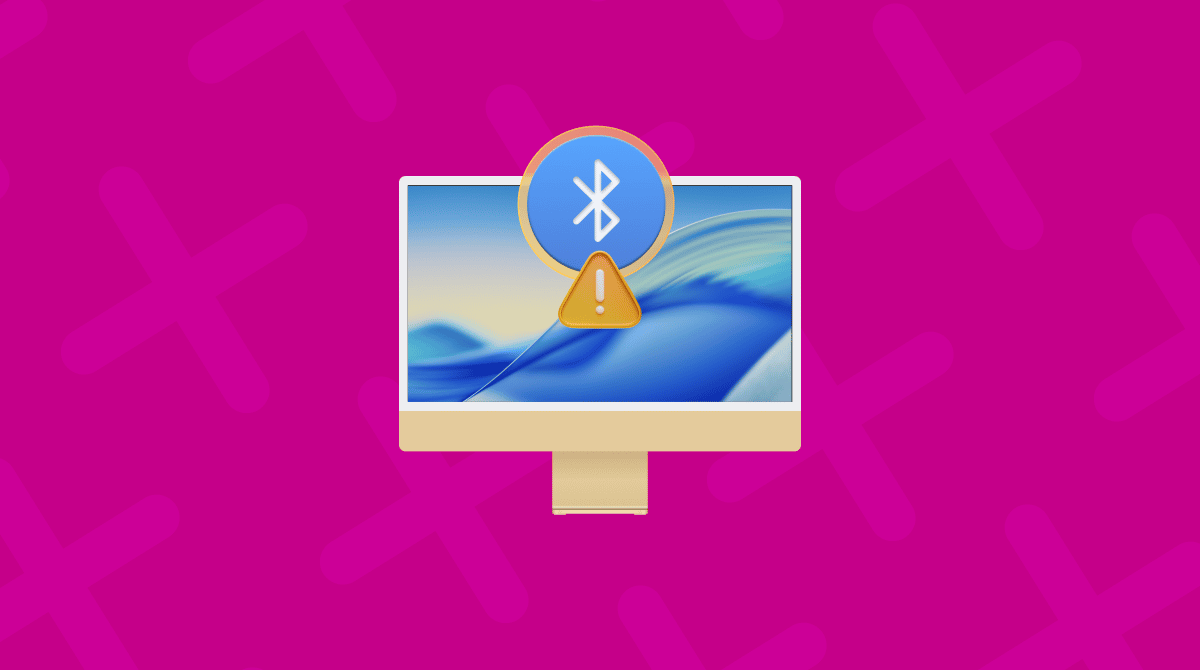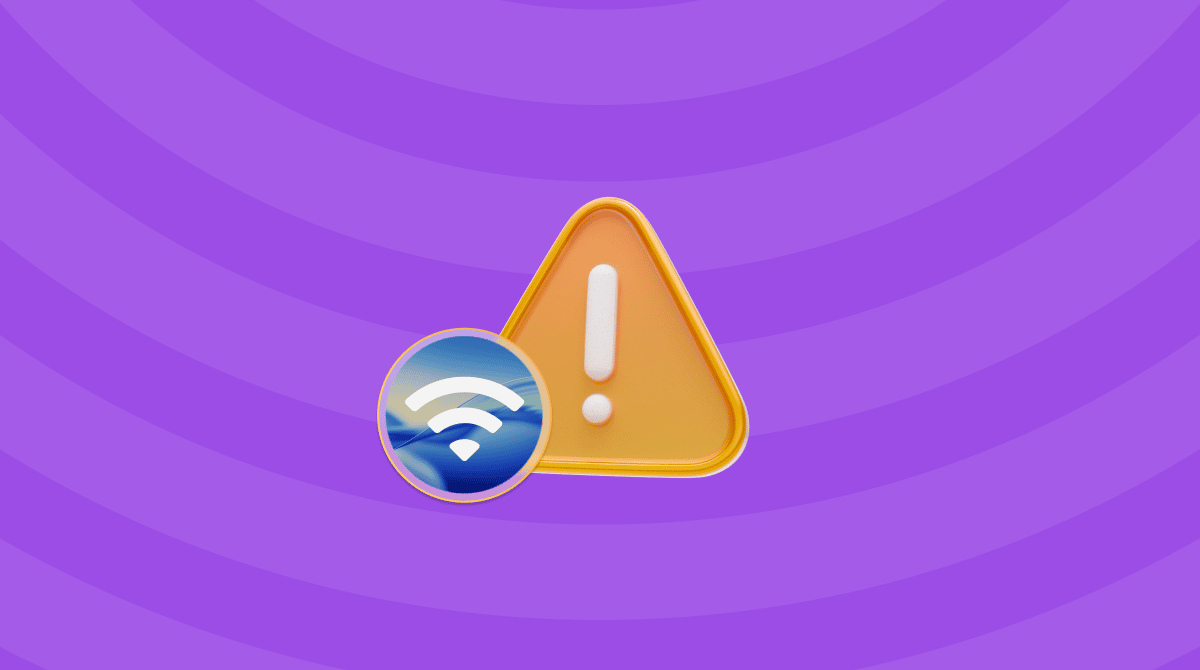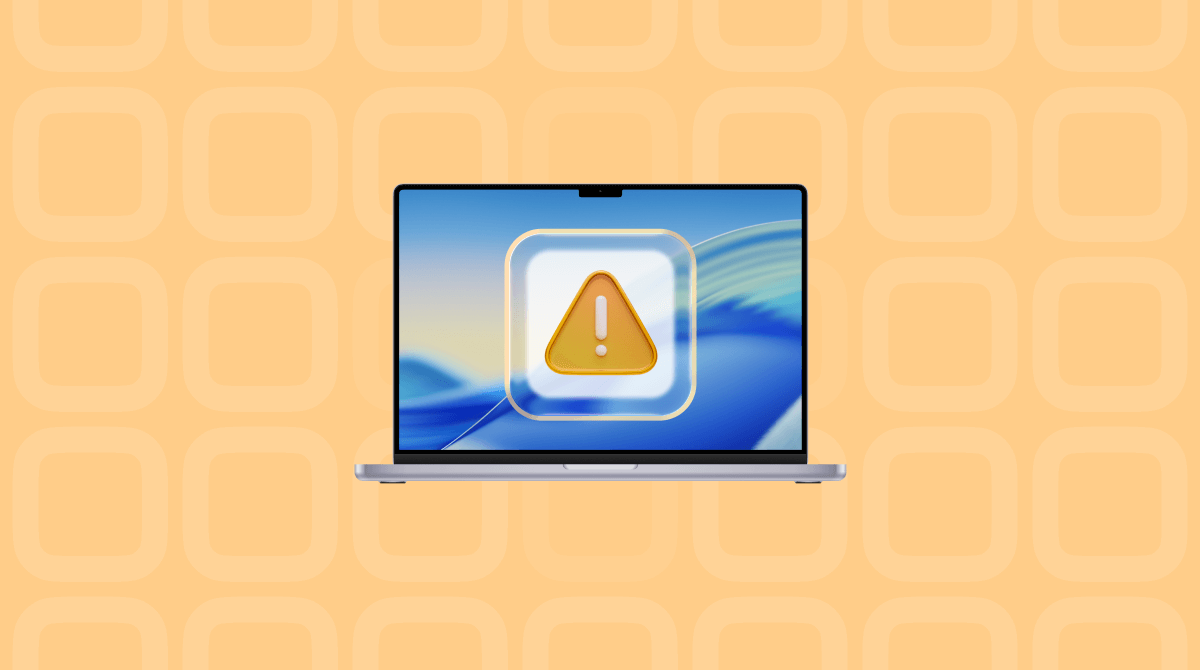Whether you have a MacBook that you hook up to a dock or hub while working at a desk or a desktop Mac like a Mac mini or iMac, there’s a good chance that you have at least one USB device connected to it. These days, there’s every chance that even if you only use your MacBook with its own screen and keyboard, you occasionally plug in a USB stick or portable hard drive. Most of the time, there’s no issue, but now and again, you might come across a situation where the device disconnects and you see an error message on the screen, especially after updating your macOS. In this article, we’ll show you what to do if USB devices are disconnecting on macOS Tahoe.
Why are USB devices disconnecting on macOS Tahoe?
There isn’t a simple answer to this one. There are a number of possible causes:
- A lack of power being supplied to the device
- A faulty cable
- A failing USB socket
- A problem with macOS
As with many issues that crop up when you use your Mac, the only way to resolve it is to work through the possibilities and eliminate them one by one.
How to fix it when USB devices are disconnecting macOS Tahoe
It makes sense to start with the most likely causes and the simplest solutions and work from there.
1. Try a different USB cable or USB port
This is only possible if the USB cable on the device isn’t physically attached to it, but if you can, try a different USB cable before you do anything else.
If the USB cable is physically connected to the device or if trying a different cable didn’t work, try a different USB port on your Mac.
Using a hub or dock? Try connecting the device directly to your Mac. If you can’t because, say, the device has a USB-A socket and your Mac only has USB-C, try using a USB-A to USB-C cable.
2. Boost the power
Some devices, like flash drives or portable hard disks, draw all the power they need from the USB port on your Mac. Others, like printers, need their own power supply. Some devices can use either, and that’s where the problem may lie. If you have lots of devices connected to your Mac using an unpowered hub, there may not be enough power from the USB port to go around. Try using a powered hub instead. Or if your device has its own power supply, plug that in.
3. Run maintenance on your Mac
What do we mean by maintenance? Tasks like reindexing Spotlight, flushing out DNS cache, and pruning Time Machine snapshots. There are several tasks you can run to keep your Mac running smoothly and prevent problems like this one.
The problem is that running these tasks isn’t easy. Flushing DNS cache, for example, would require you to use Terminal and run several commands. However, there is an easier way — CleanMyMac’s Performance feature can do it for you with just a couple of clicks. Here’s how to use it:
- Get your free CleanMyMac trial — you can use it for seven days for free.
- Open it and choose Performance in the sidebar.
- Click Scan.
- When it’s finished, click Run Tasks in the maintenance section to run all the tasks, or Review to see what tasks it has recommended.
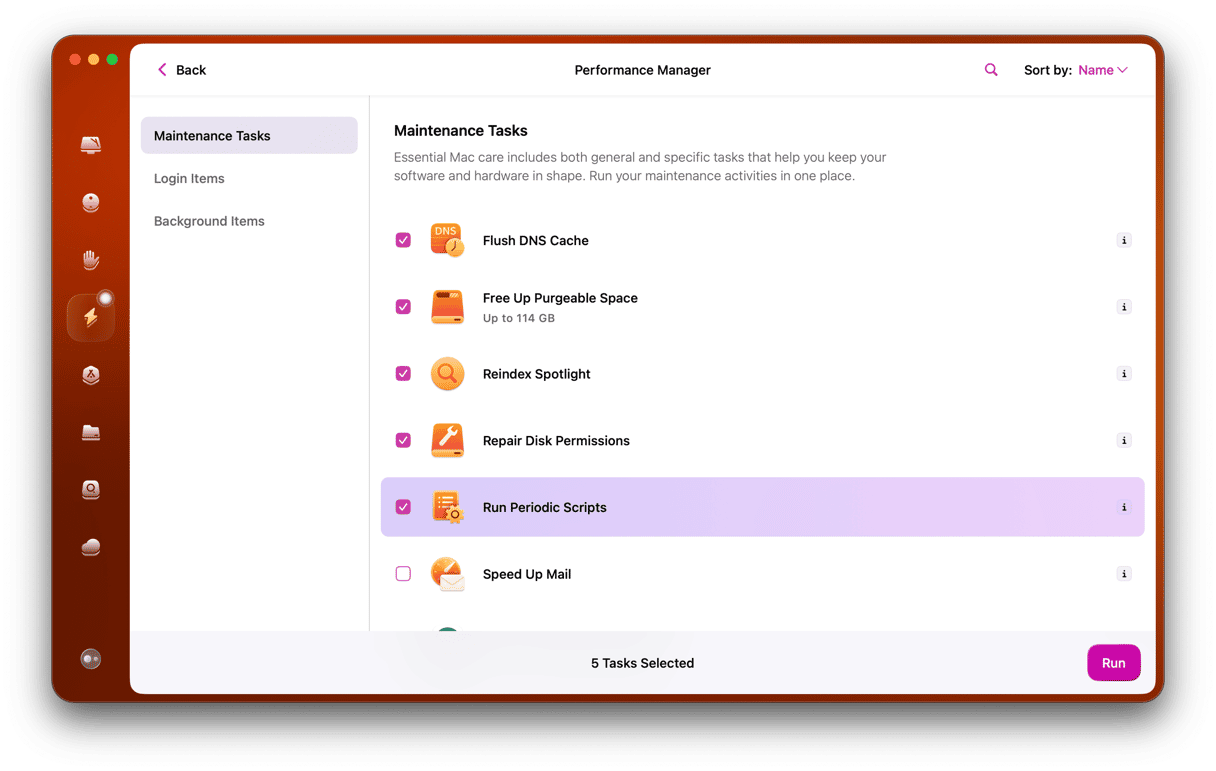
4. Update macOS
If nothing so far has worked, it could be that there is an issue with macOS that has been fixed in a recent update that you haven’t yet installed. Go to System Settings > General > Software Update and check to see if there is an update available. If there is, follow the instructions on the screen to download and install it.
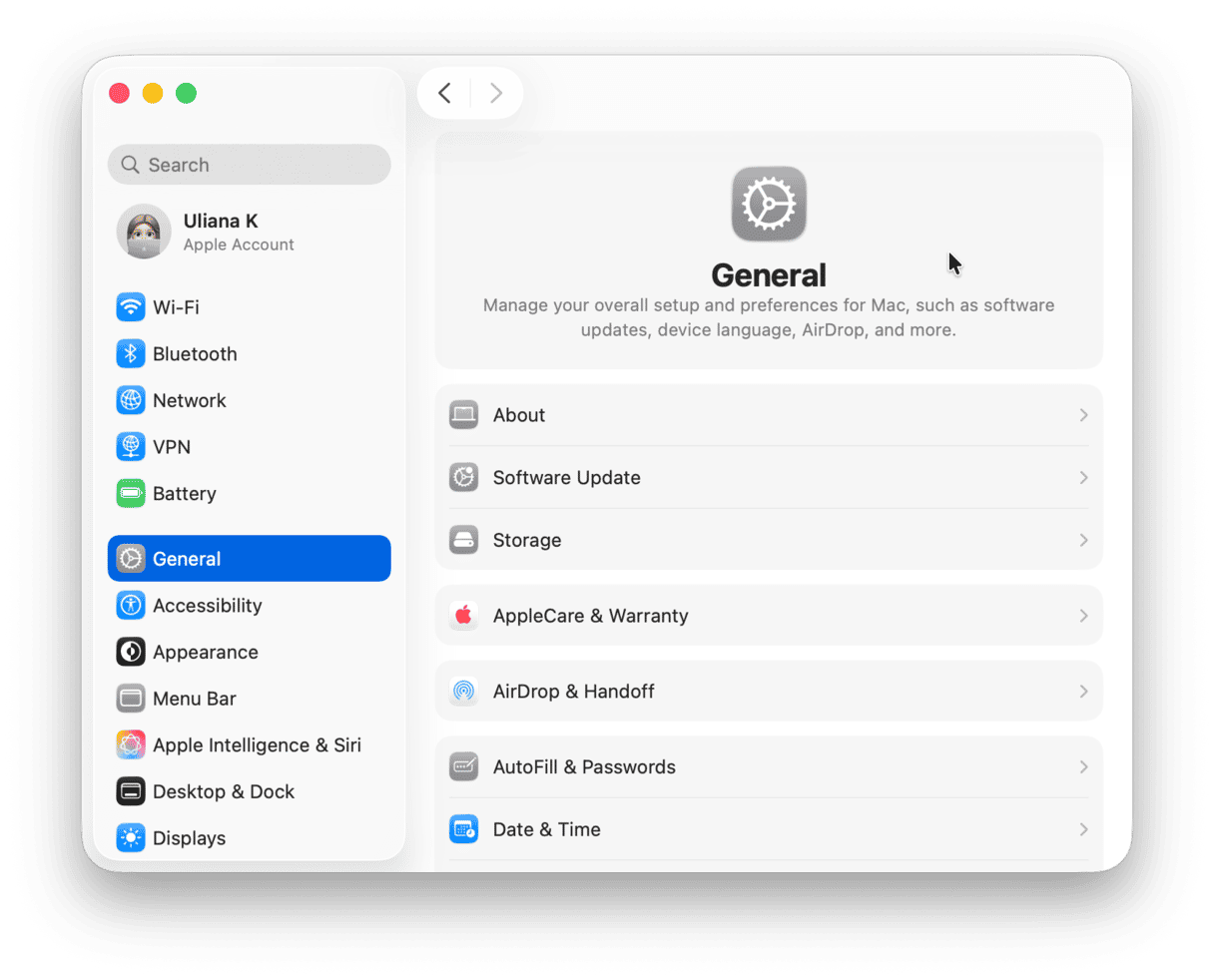
5. Reset SMC
The system management controller (SMC) is responsible for managing the distribution of power for your Mac and its peripherals. So, if something goes wrong with that, it could cause a problem for USB devices. On a Mac with Apple silicon, the SMC is reset every time you restart. So, if you haven’t restarted yet, go ahead and do that now. On an Intel-based Mac, the steps are different for Macs with a T2 security chip and those without. You can find the steps for resetting the SMC on your Mac on Apple’s website here.
6. Restart your Mac in safe mode
Safe mode loads only those extensions that are needed to boot your Mac. All other extensions are disabled. So if USB devices keep disconnecting because of a problem with an extension, restarting in Safe mode will confirm that’s the cause. You can then reboot normally, go to System Settings > General > Login Items, disable all extensions, and reboot. Then turn extensions on one at a time, rebooting each time, until you find the culprit. The steps for booting in Safe mode depend on the Mac you have.
Intel-based Mac
- Shut down your Mac.
- Press the power button while holding down the Shift key.
- Log in when the window appears.
- If you’re asked to log in again, do it.
- When your Mac has started up, you should see Safe Boot in the menu bar.
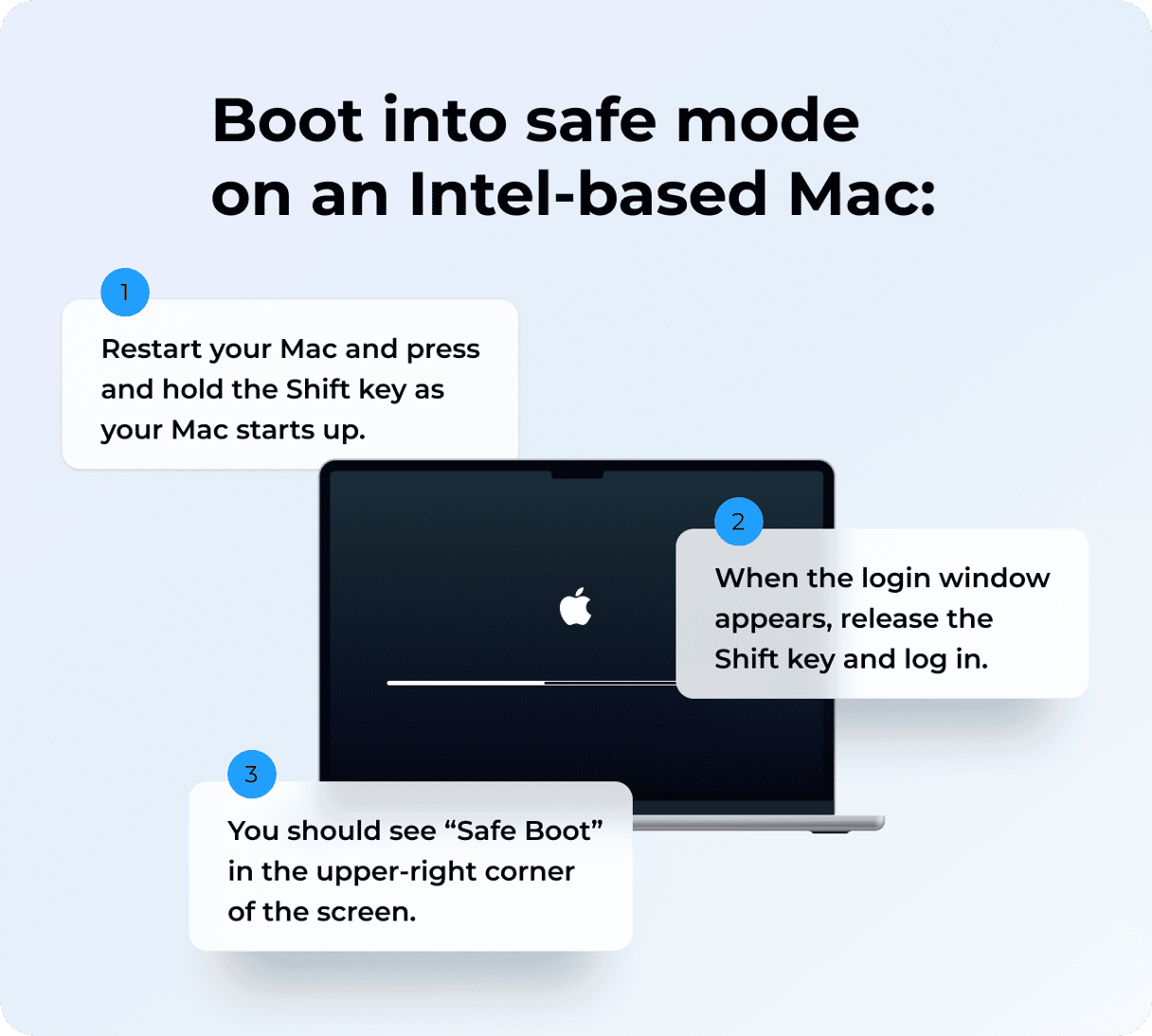
Mac with Apple silicon
- Shut down your Mac.
- Press and hold the power button until you see ‘Loading Startup Options’ on screen.
- Select your startup volume.
- Press and hold the Shift button, then choose ‘Continue in Safe mode’.
- Your Mac will then restart and when it boots, you will see ‘Safe Boot in the menu bar’.
- Log in to your account.
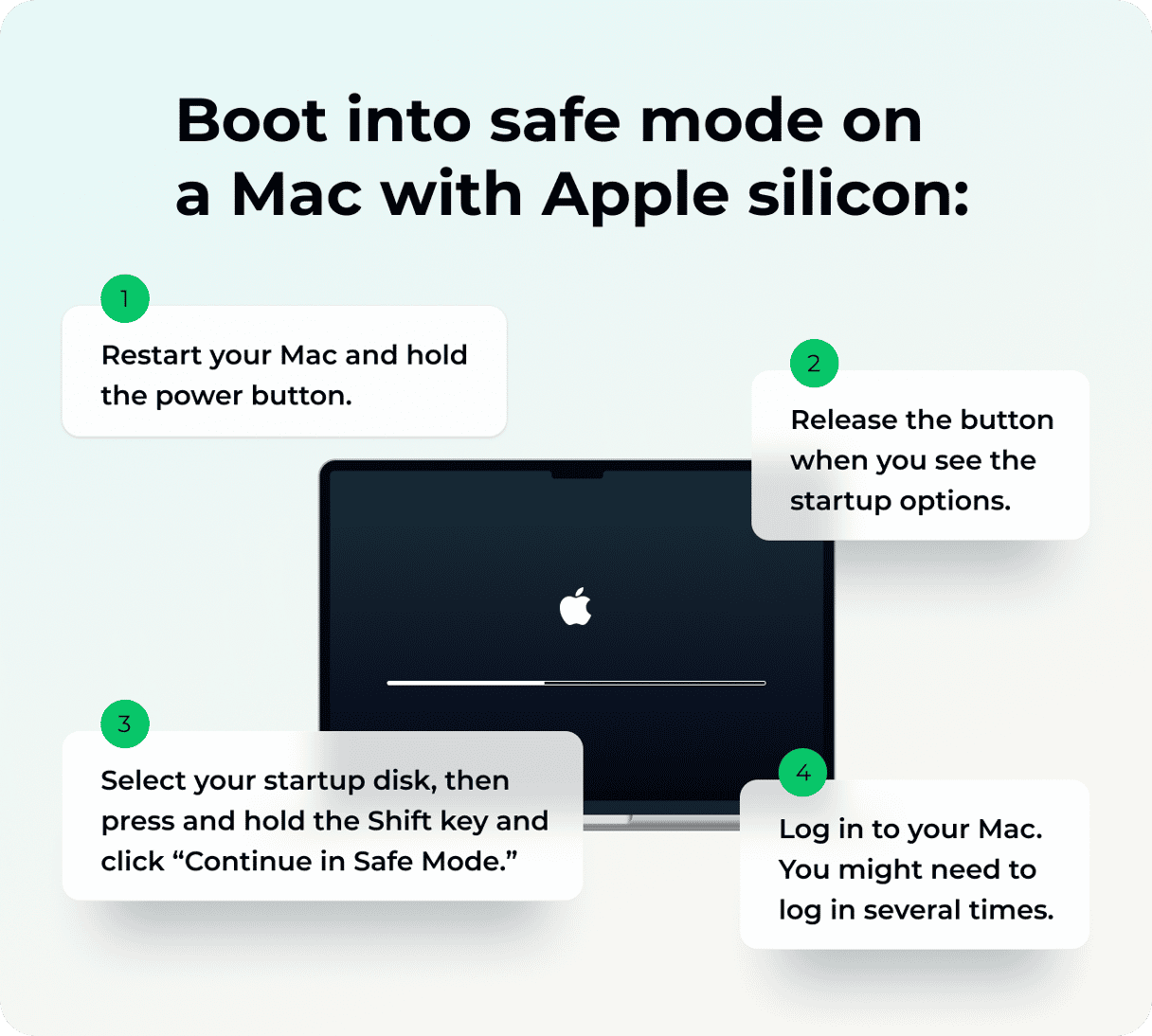
7. Reset NVRAM
As with resetting the SMC, the non-volatile RAM (NVRAM) on your Mac, which holds data even when your Mac is shut down, resets every time you restart.
However, on an Intel-based Mac, you have to reset it manually. To do that, shut down your Mac and then press and hold Command-Option-P-R and press the power button. Wait until your Mac starts up a second time and then release the keys.

If USB devices are disconnecting on macOS Tahoe, there are a number of possible reasons, from a hardware fault to software issues. Follow the steps above to diagnose the cause and fix the problem.


